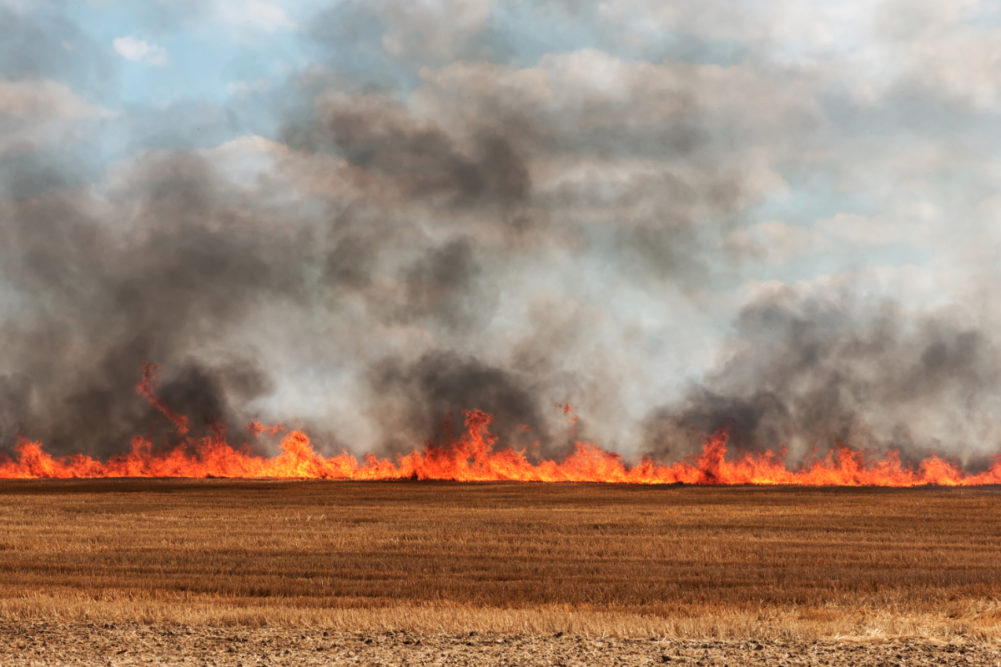CANBERRA, AUSTRALIA — Bushfire season came early to Australia with horrifying impact. Each day brings news of more property destroyed, millions of native wildlife lost and now it’s become apparent the country’s livestock industry has been hit.
Bridget McKenzie, the Federal Agricultural Minister, said she estimates 100,000 sheep, beef and dairy cattle will have perished as a result of the bushfires.
“My fear — and it is also that of the National Farmers Federations’ estimates as well — is that in excess of 100,000 head of livestock will be deceased as a result of the fire events that we've seen to date,” McKenzie told ABC Country Hour.
Via a media statement, Fiona Simpson, president of the National Farmers Federation (NFF), said most of the livestock losses were in northern Victoria and the south coast of NSW where there are significant dairy operations.
“The most impacted sectors include the dairy sector where large parts of the NSW south coast and north eastern Victoria were impacted and continue to be under threat,” Simpson said. “There are also reported losses in the beef and sheep sectors in upper Murray region of Victoria, lower Riverina and Snowy Mountains areas.”
The scale of the bushfires and the impact on the national livestock industry has been illustrated by commodity analyst firm, Mercado, which has taken NASA mapping data and cross referenced it with Meat & Livestock Australia livestock data. They estimate the fires in NSW and Victoria will have affected 8.6 million sheep and 2.3 million cattle. These numbers account for 12% of the national flock and 9% of the national herd, respectively.
Australia’s grain industry, however, has not seen the same level of impact with exceptions in WA, which has experienced isolated pockets of post-harvest fires.
A spokesperson from GrainCorp told World Grain their sites and infrastructure has been untouched by the fires and their supply chain has been undisturbed.
Speaking to World Grain, Nick Bryant from Farmers Edge said the ongoing dry conditions are hurting the industry.
“Drought remains as the single biggest factor that has impacted on 2019-20 grain production around Australia and most of the current impact from the bushfires fires has probably been at the social level,” Bryant said.
He added that the smoke from the bushfires was notable as growers begin preparations for the 2020 season.
“As farmers start to prepare for the 2020 cropping season by using NDVI-based satellite imagery to monitor isolated summer weed loads in paddocks, we are seeing some instances where the massive areas of concentrated smoke cover and extremely poor air quality from bushfires fires are having an impact on satellite images,” Bryant said. “This is normally a cloud related problem and while this isn’t a disruption to grain production programs, it’s another stark reminder of the scale of this unprecedented disaster.”
With Australia’s continued hot and dry conditions, bushfire season is expected to continue for months and so the true impact on the industry is yet to be realized.






